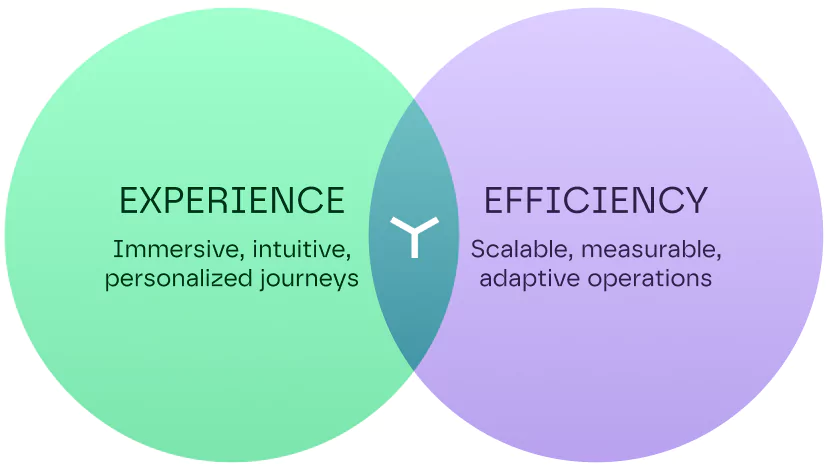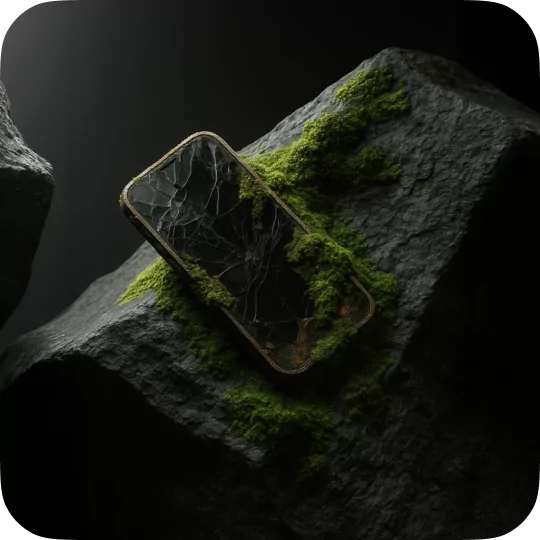Walk into any store, gallery, airport, or brand activation today, and the structure of the experience is probably quite familiar. Static signage, fixed displays, and maybe a screen or two inviting you to “interact.”
But something profound is starting to happen.
At Younite, we believe we’re standing at the edge of a generational leap in how physical environments are designed and experienced. A shift powered by the convergence of AI and XR (Extended Reality) technologies that, together, are turning static environments into living, intelligent interfaces.
It’s more than an upgrade. It’s a redefinition of what space can be.
The Spatial Interface: a New Design Paradigm
Where a store was once a layout of shelves and signage, it can now be a dynamic, personalized journey that reacts to your mood, your preferences, even your body language.
Where once a gallery was a series of framed artifacts and labels, now it becomes a fluid world of contextual stories, ambient sounds, and characters that speak back.
XR brings the layered, sensory world. One where we can experience an interface with technology solutions through things like augmented visuals, holographic displays, mixed-reality mirrors.
AI brings the intelligence. Experiences that are context aware, adapt in real-time, have emotional understanding, and communicate in natural conversation.
Together, they allow designers and technologists to rethink space not as a container, but as an interface. A responsive, living system that adapts to who’s in it and what they need in the moment.
Beyond a Flashy Experiences
It’s easy to imagine this future in terms of customer wow factor. But just beneath the surface is an equally powerful layer: efficiency and intelligence.
With AI running in the background, spaces can now:
- Adapt content or layout based on live analytics
- Reconfigure experiences for different audiences or regions
- Optimize staff workflows using AR guidance and predictive insights
- Reduce friction across inventory, training, and engagement
We’re now designing physical environments that work like software. They’re modular, data-driven, and constantly improving.
From Retail to Culture to Operations
The beauty of this shift is how universal it is. Whether you’re designing a flagship retail space, curating a cultural exhibition, or managing a network of pop-ups or smart buildings, the combination of XR and AI can drive transformation on two fronts:

It’s not just a vision we believe in at Younite. It’s a reality we’re already helping to build, one project at a time.
What’s Next?
This is just a brief introduction looking at the impact of this technology evolution from a 50,000ft view. I will follow up this article by diving deeper into what this means for more specific scenarios such as redefining the storefront to be a responsive, data-driven brand stage, immersive storytelling within cultural spaces, and of course how we can build operational intelligence with spatial design.
If you’re curious about how your brand, venue, or experience could evolve in this dynamic technology space, we’d love to show you what’s possible.
Let’s rethink the space around us.
About the author
David Papworth
Dave is the Creative Cultivator (CCO) and Product Leader for Younite. His career has taken him through multimedia, development, design, innovation, and ultimately founding Younite. David's focus is on building teams that can tackle any challenge, look beyond their boundaries, and grow the collaborative relationships Younite desires with our clients.



